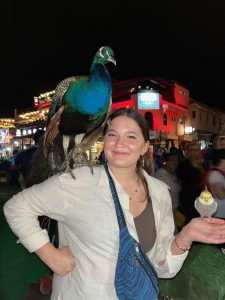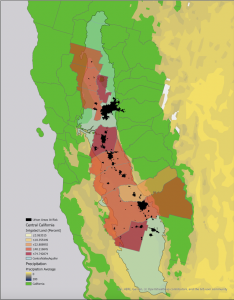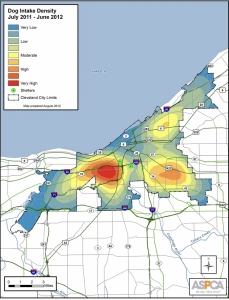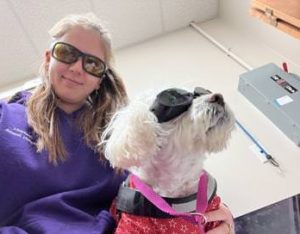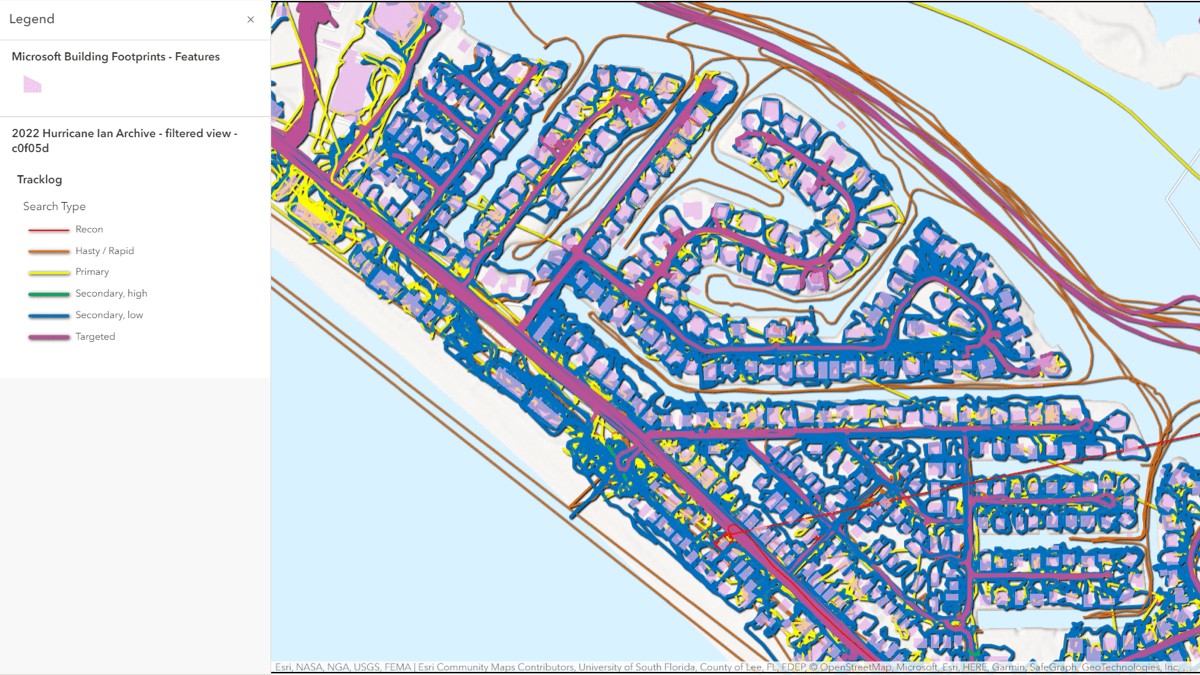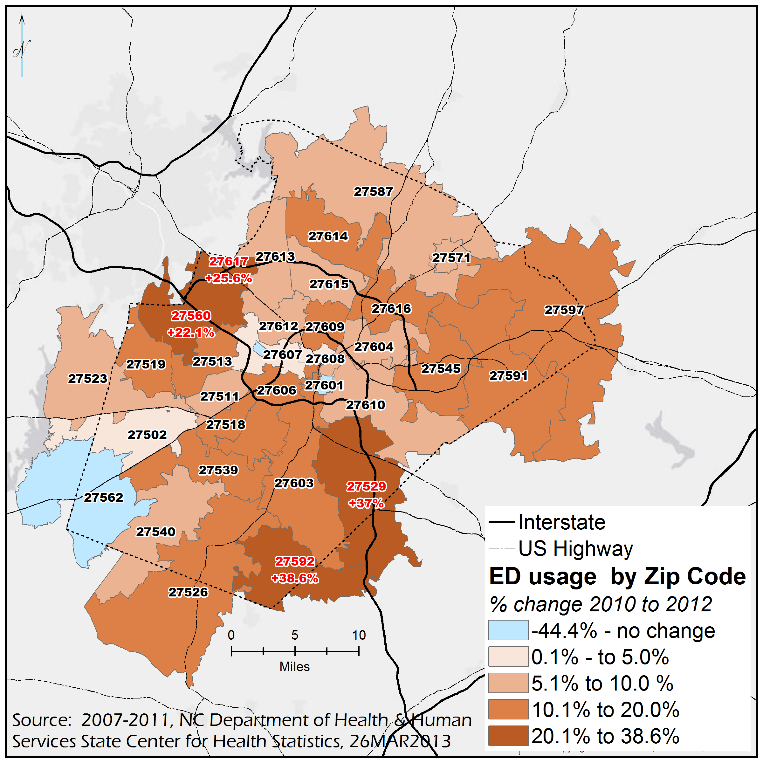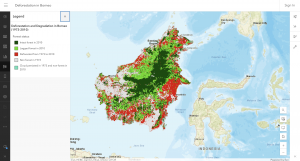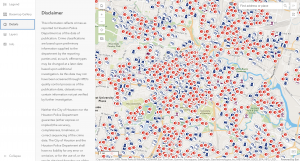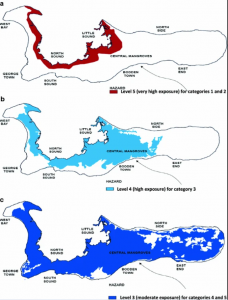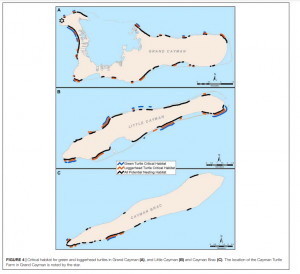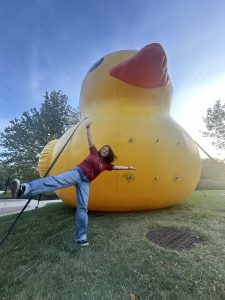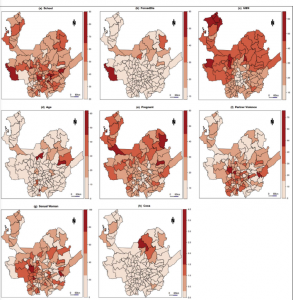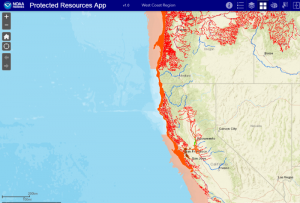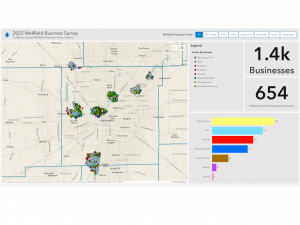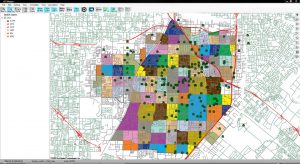Chapter 1:
When reading this chapter there was many things that interested me as well as new concepts that stuck out ot me. Firstly starting out with the first few pages of the first chapter I was not surprised to find the meaning of GIS to be geographic mapping of many different things. We specifically covered many of the things GIS can do with the previous weeks reading, so this information was expected and not new to me. Next the term continuous phenomena was something I have never heard in regards to mapping temperature and regarded as blanketing a map with no gaps. There are many other mapping methods too that I did not know completely like the raster model and vector model (I do realize that these are the main two representations of geographic features). It was interesting to see the comparison of these methods side by side with the same mapping set. I do wonder why one is more preferable to certain subjects over the other? There was also many vocabulary when put into the GIS context like categories’, map projections and coordinates. However I did find ranks to be interesting, organizing and placing data relative to values, at least in terms of GIS I never thought this would be something that would be useful. The ratio section of this chapter reminded me of when we map data using specific plot data in R-studio. The layout as well as the key guide prove similar to this comparison. Lastly data tables being so significant to the GIS process, yes I know that data itself is extremely important, as these maps are made based on the data provided however I though the map created would prove to be more useful than the data table. Chapter one was a good overview of the systeming expected to come along with GIS mapping.
Chapter 2:
Reading chapter two with the knowledge gathered from chapter one, I had many more thoughts along with more answers to GIS as a whole. Firstly I found it interesting that GIS mapping can be used for businesses to pin point customers by age or other traits to help classify their clients and utilize this information to create a better sales or business strategy. When it comes to preparing the data I find similarities again with GIS to R studio, the type of data prep and coding as well as the categorizing of certain data points all read within the same lines as R studio code and category. This similarity can explain why some maps look similar to some data graphs I have seen within R studio. I do wonder if mapping just a single type data set or features is more beneficial than the latter? Could more data features help widen an answer or set of data? I also find it very interesting that the most categories you can map is seven due to the intake people can handle. What I mean by this is that people can only distinguish between a certain amount of colors or symbols, thus going over this threshold makes the maps too complex. I guess this answered my question in some ways as there is a sense of too much data that is portrayed within GIS. Now with this being said mapping over seven can be done but must be done so with grouping, so simply seven categories alone is almost more substantial than the latter. I also thought it was interesting that choosing your symbols can help reveal patterns within the data and these symbols can be read as their own data on a map. I would never think symbols would be that important, however it would make sense as GIS proves that grouping factors pave the way for an ideal map. It’s good to know that mapping a correct GIS map can prove to show patterns, some that you were not expecting. Chapter two broadened what I know about GIS maps even more and proved essential in learning the value of mapping and the patterns presented from such.
Chapter 3:
Finally when reading the final assigned chapter of this week I had more thoughts and things I learned and found interesting through this chapter. Firstly I’m noticing a lot of vocabulary from chapter one and two being pieced together to explain why someone chooses to make GIS maps one way over the other. I also like how Mitchell reminds us to have a purpose to the map, whether we want to explore the data set created or have something precise and cohesive. This connects to having a purpose when creating a GIS map. I also find it interesting the way that finding and choosing the quantities you want to utilize create a framework for the map, again I would’ve supposed data points would have a bigger makeup of a GIS map, but it seems that quantities are equally important. One thing I learned is the meaning of class is the groups of similar features assigning them together typically with a symbol. Another thing I learned is all the types of classification schemes, it’s interesting to see how each one can be useful depending on what you are looking to create, it’s also interesting that disadvantages for each are included, this allows the map creator to have full control over how they present their data. Chapter three was very informative when it came to how to create trends and maps and what data would be more beneficial to use and utilize, I learned more definitions and things I did not know applied to GIS.
